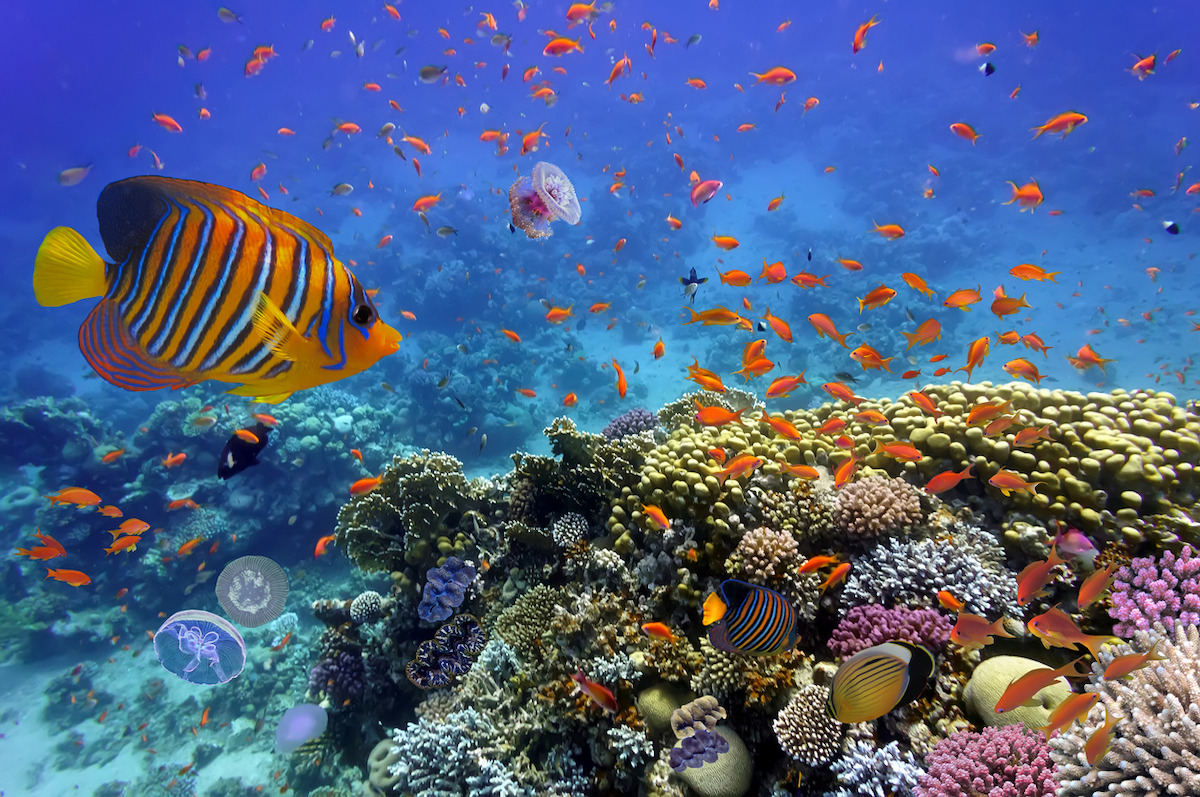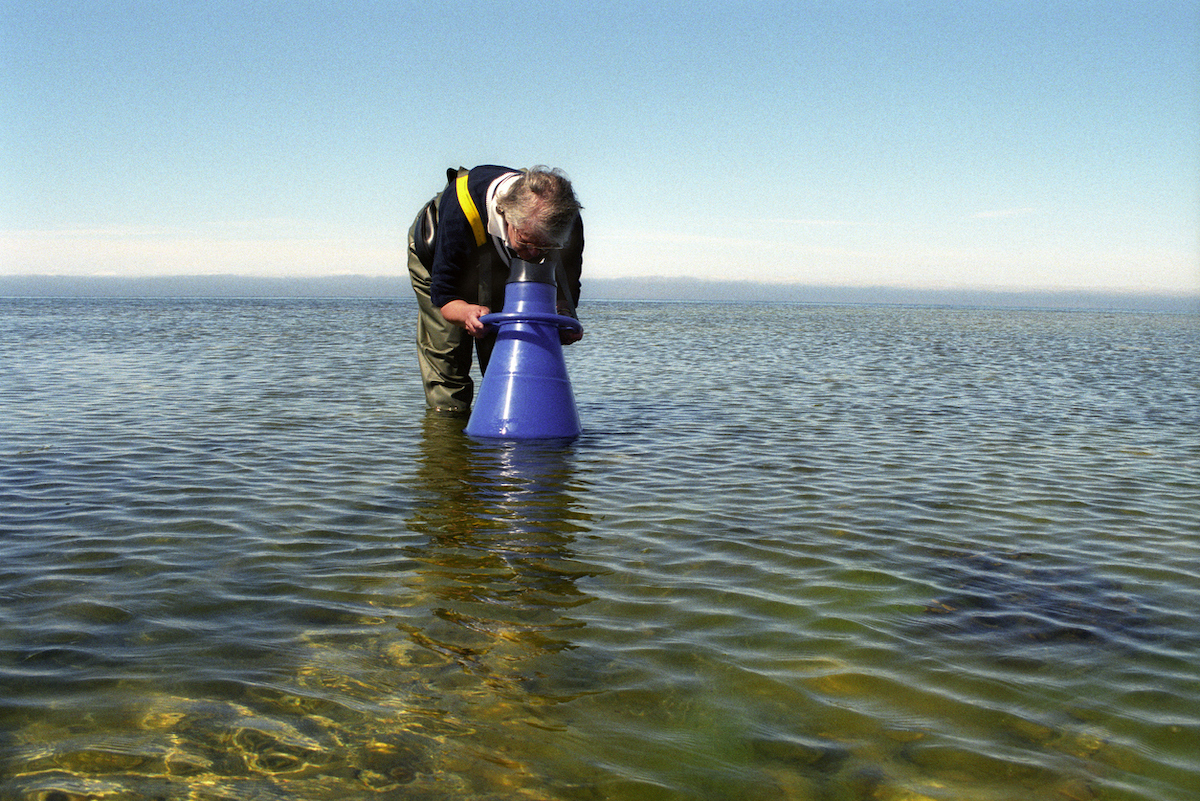Achieving Balance in Marine Biotechnology Research
| |
Oceans and seas make up two-thirds of the Earth’s surface. The diverse marine resources offer many possibilities for discovery and innovation that can contribute to global food security and biological conservation. They are also important to the economic stability of many countries. The areas of medicine, nutrition, cosmetics, agriculture, shipping, and tourism are just some examples of sectors that rely on marine resources. In order to utilize their full potential, research experts have turned to biotechnology to explore the marine environment for human benefit and fundamental biological progress.

A holistic approach to harnessing marine resources
According to a panel of international experts, marine biotechnology is a vital sector of the ocean economy. This branch of science uses the applications of biotechnology, molecular and cell biology, and bioinformatics to create products and processes from marine resources to develop new pharmaceutical drugs, chemical products, enzymes, and many others by exploring the world’s oceans. But in a commentary paper they published in Nature Ecology and Evolution, the experts argued that industrialized countries are almost exclusively driving marine biotechnology explorations. The low- and middle-income countries, which have the world’s most biodiverse marine ecosystems in their jurisdiction, are unable to keep up. This inequity needs to be leveled for everyone to benefit from ocean resources, and experts emphasize that sustainability, equity, and inclusivity are fundamental principles that can turn the ocean economy into a “blue economy.”
Pathways to research equality and blue economy
International negotiations have taken place to try and eliminate the inequity among countries in using marine biotechnology for their benefit. These often involve developing or modifying regulatory frameworks and guidelines. However, these negotiations are time-consuming. Technological applications can outpace the negotiations, which can result in mixed outcomes and wider capacity gaps among countries. The singular focus on regulatory solutions may not be sufficient to align the research field, and other pathways that involve key players like scientists, local communities, and technology developers need to be explored:
Capacity building for lower-income countries. Closing the resource gaps among countries can be achieved if low- and middle-income countries will have the same capacity training as the industrial nations. This goal calls for cooperation among developed and developing countries, in which the former can assist in enhancing human and technical capacity and improving the infrastructures of the latter. Knowledge exchange and sharing of experiences are vital in many aspects, which include national growth and strengthening international relations that are also important to achieving the Sustainable Development Goals of the United Nations.
Inclusive research collaborations. International partnerships to further marine science and utilize biotechnology greatly contribute to the pool of knowledge. Industry and academic researchers are encouraged to work together and observe transparency in the process. Research that is conducted by scientists from different fields and backgrounds promotes representation and ensures that all stakeholders are involved in designing the study.
Responsible data sharing. Knowledge gained from inclusive research accomplishments must be utilized properly, and accessibility by those who need it the most should be carefully considered. Thus, data infrastructures need to be co-designed with the targeted stakeholders to achieve the desired social and political impact. The information in the database must be reliable, properly cited, and transparent. The origins of genetic resources must also be disclosed. Data management that operates on findability, accessibility, interoperability, and reusability encourages stewardship among those who generate it and those who use it.
Biotechnology for marine ecosystem conservation. Genomic research has contributed to the design of marine ecosystem adaptation strategies, particularly in conservation planning, through bioremediation and ecosystem monitoring. One prominent example is the development of bionic corrals through CRISPR gene editing technology. Marine samples used in genomics research are also vital sources of information for sequence analyses, especially for species that are endangered and critically endangered. In this case, genomics does not only aid in the conservation of marine resources, but it also preserves the living genetic repositories of oceans. These resources are central to marine research.

Dynamics to accelerate marine biotechnology progress
The pathways suggested by the research experts provide opportunities for stakeholders to empower themselves and fill in capacity and knowledge gaps. These also help eliminate inequality and exploitation in the marine research field while fully utilizing marine resources for scientific advancement. The combination of pathways, along with the negotiation efforts to harmonize regulatory pathways, may be a more holistic approach for marine biotechnology to contribute to achieving a blue economy to benefit more people and nature itself.
Further reading and resources:
- Making marine biotechnology work for people and nature published by Nature Ecology and Evolution.
- Pocket K No. 52: Marine Biotechnology
- Webinar: Opportunities and Benefits of Aquaculture/Fishery Biotechnology to the Philippine Aquaculture/Fishery Industry
| Newer Post | Archive | Older Post |
Science Speaks is ISAAA Inc.'s official blog. Weekly blog articles, authored by ISAAA writers, partners, and invited contributors, aim to help share, disseminate, and promote scientific knowledge and its vital role in achieving global agricultural sustainability and development. Your support to Science Speaks will help us achieve this goal. You can help us by donating as little as $10.

